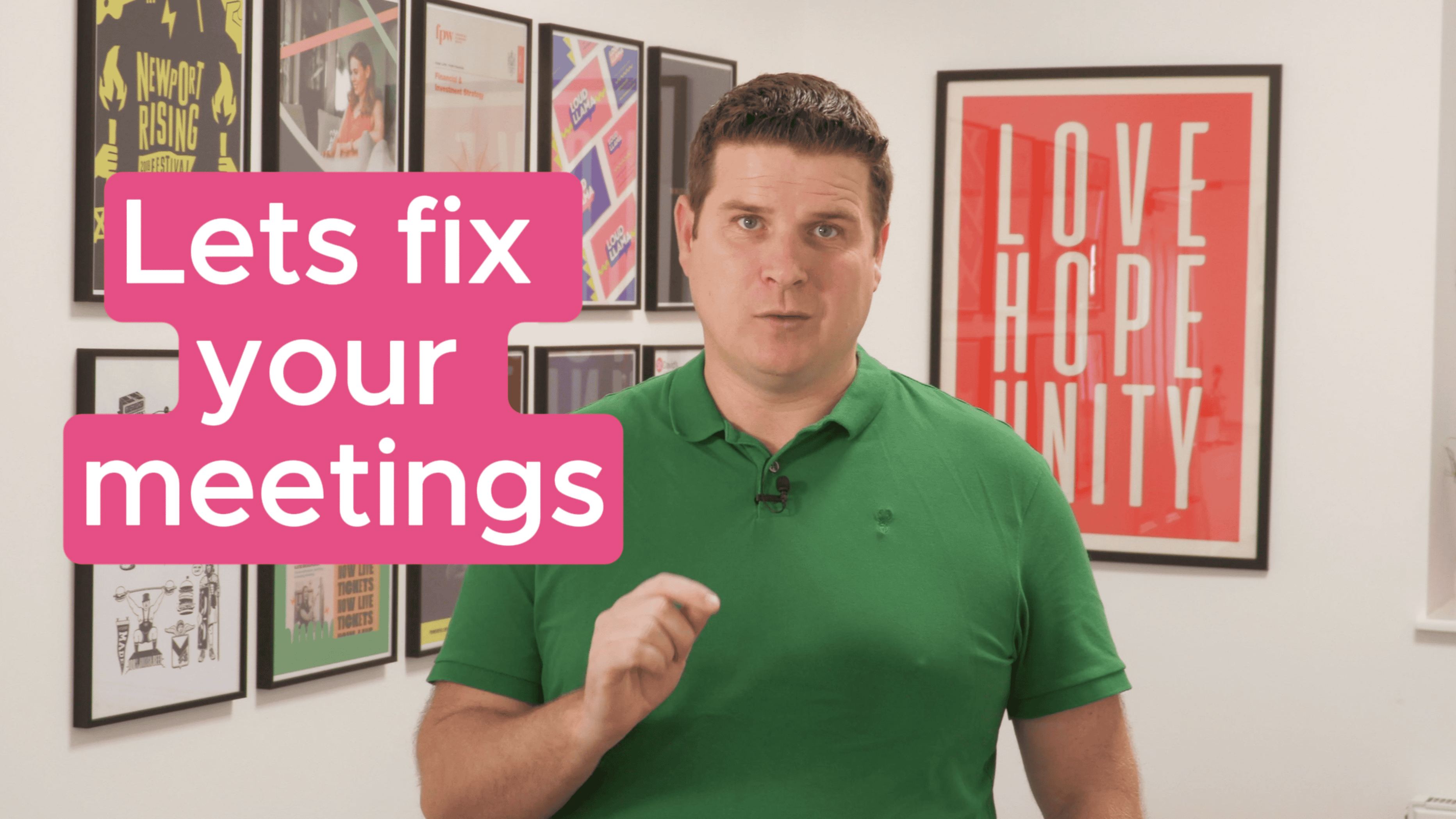The Silent Killer of Productivity: How to Spot and Stop Time Creep in Meetings
Jan 20, 2025

It starts innocently enough. A meeting scheduled for an hour begins a few minutes late. Then, a discussion runs a little over, a tangent goes on a bit too long, and before you know it, that one-hour meeting is either over with half the important stuff left undiscussed or has stretched into an hour and a half, maybe even two. This, my friends, is the insidious nature of meeting time creep – the slow, almost imperceptible expansion of meetings beyond their allotted time. It's a silent killer of productivity, a thief of precious time that we can't get back.
We've all experienced it. That feeling of being trapped in a meeting that seems to have taken on a life of its own, while your to-do list grows longer and your deadlines loom larger. It's frustrating, it's demoralizing, and it's a surprisingly common problem in today's workplace. According to one study, the time spent in meetings has risen by 8-10% every year since 2000.
The Creep: How Meetings Expand
Meeting time creep rarely happens all at once. It's a gradual process, a series of small encroachments that add up to significant time theft. Here are some of the usual suspects:
- The Late Start: A few people straggle in late, and the meeting starts 5, even 10 minutes behind schedule. Those who arrived on time are now effectively being punished for their punctuality, and the lost time often gets tacked on at the end.
- The Tangent Trap: A seemingly innocuous question or comment sends the discussion off on an unrelated tangent. Before you know it, 20 minutes have been spent discussing something completely off-topic.
- The Unruly Agenda: Either there is no agenda to provide structure or it is so overstuffed that it is impossible to get through in the allotted time.
- The "While We're All Here…" Syndrome: Someone decides to bring up a new topic or issue that wasn't on the agenda, simply because "we're all here”. This can add significant time to the meeting and often derails the original purpose.
- The Lack of a Timekeeper: Nobody is designated to keep track of time or to gently guide the conversation back on track when it starts to wander.
The Cost of Creep: More Than Just Minutes
The consequences of meeting time creep go far beyond the extra minutes (or hours) spent in the meeting itself. It has a ripple effect, impacting:
- Productivity: Time creep eats into valuable work time, making it harder for people to complete their tasks and meet deadlines. Flowtrace found that 67% of employees say spending too much time in meetings is distracting them from their work.
- Morale: Constantly being subjected to meetings that run over can be incredibly frustrating and demoralizing. It sends a message that people's time is not valued.
- Focus: When meetings drag on, it becomes harder for people to stay focused and engaged. Attention spans wane, and the quality of the discussion suffers.
- Stress and Burnout: The constant pressure of trying to catch up on work after being stuck in long meetings can contribute to stress and burnout.
Stopping the Creep: Reclaiming Control of Your Meetings
So, how do you stop meeting time creep in its tracks and reclaim control of your valuable time? Here are some practical strategies:
- Start on Time, Every Time: Make it a strict rule to start meetings on time, regardless of whether everyone has arrived. This sets the tone for respecting everyone's time and creates a culture of punctuality.
- The Power of the Agenda: A well-crafted agenda is your best defense against time creep. It provides structure, focus, and a clear roadmap for the meeting. Allocate specific time blocks to each agenda item and stick to them as closely as possible.
- Designate a Time Lord: Assign someone in the meeting (and it doesn't have to be the boss) to keep track of time and provide gentle reminders when discussions are close to running over.
- Embrace the ‘Parking Lot’: When interesting but off-topic issues arise, don't let them derail the meeting. Instead, park them in a designated space (a whiteboard, a section of the meeting notes, or a virtual document) to be addressed later, perhaps in a separate meeting or one-on-one conversations.
- End on Time, No Exceptions: Make it a non-negotiable rule to end meetings on time. This reinforces the importance of respecting everyone's time and creates a sense of closure.
Conclusion
Meeting time creep is a silent but pervasive problem that can significantly impact productivity, morale, and overall well-being. But it doesn't have to be this way. By understanding the causes of time creep and implementing these practical strategies, you can reclaim control of your meetings, protect your valuable time, and create a more productive and respectful work environment. Remember, every minute counts, and it's up to us to make sure our meetings are worth the investment.
Ready to take back your time and make your meetings truly effective? Download our free ebook, '9 Ways to Lead Meetings That Don't Suck!' for a deeper dive into time management and other meeting best practices. And if you're serious about transforming your organization's meeting culture, book a free consultation with MeetBetter today.Let's work together to stop the creep and make your meetings a force for productivity, not a drain on it!
More like this
Your FREE guide to running effective, engaging and collaborative meetings.
The 9 most common meeting frustrations, explained and solved.
The same strategies and activities our facilitator used to run events and meetings for Google and Shopify.
Easy to follow, easy to implement.

What do we know about meetings?

Hi, I'm Guto Aaron. Over the years, I’ve been a lawyer, a school teacher and worked at startups, small businesses and in big tech. In every industry, profession and continent I worked on, most meetings were soul-crushing, productivity black holes.
After years of battling such ineffective meetings, I realised something had to change. I spent a decade designing and leading impactful meetings and events for Google and Shopify and have now made it my mission to help as many leaders, businesses and organisations as possible, lead effective, impactful and engaging meetings!







